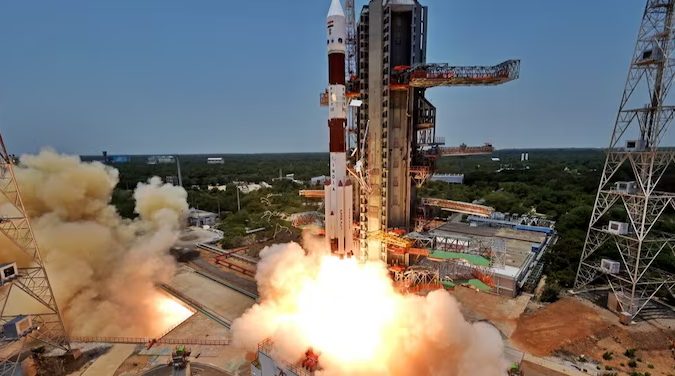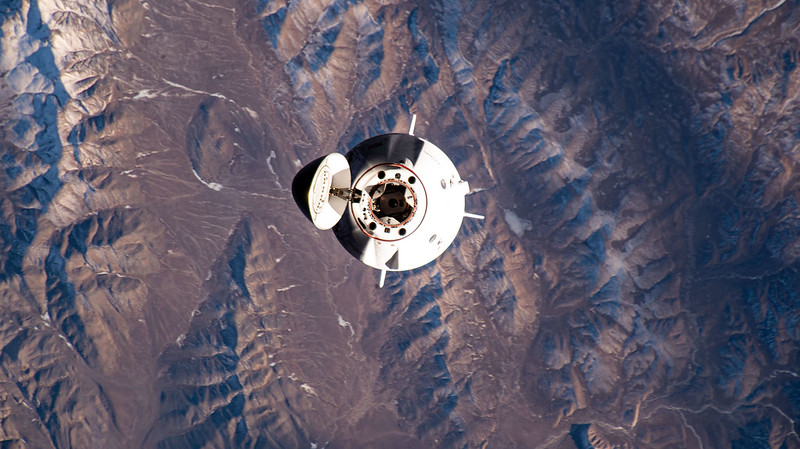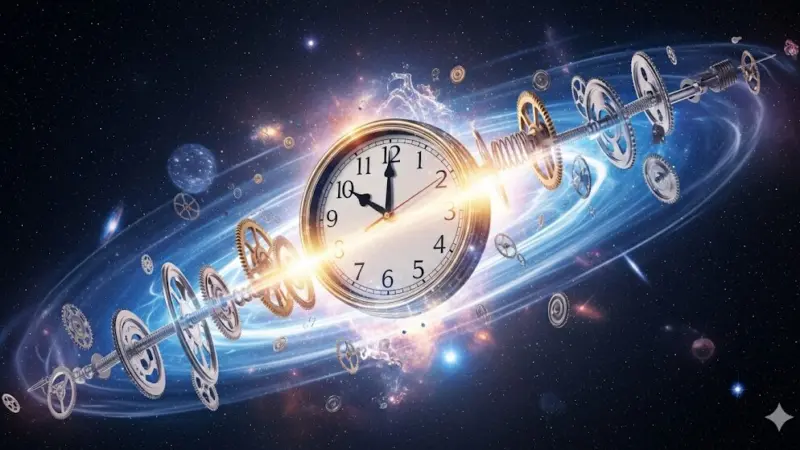ISS Faces Growing Challenges with Persistent Air Leaks

The International Space Station’s Air Leak Problem: A Growing Concern for NASA and Roscosmos
An Aging Fortress in Space Facing Technical Troubles
The International Space Station (ISS), humanity’s orbital outpost and a symbol of international cooperation in space, is showing its age. The station, continuously manned since the year 2000, is dealing with a persistent technical issue that has been escalating over the last few years: a growing air leak in its Russian module, “Zvezda.” While NASA and its Russian counterpart Roscosmos are monitoring the situation closely, recent reports indicate that the problem is more severe than previously disclosed.
The issue dates back to 2019, when a minor air leak was first detected in the Russian-built module. This leak has steadily worsened, and in the past few months, the rate of air loss has risen dramatically. As of April 2024, the station was losing up to 1.7 kilograms of air per day—equivalent to nearly a cubic meter under normal atmospheric pressure conditions. Initial estimates placed the loss at a manageable level, but the recent increase has raised concerns.
Current Measures and Risk Assessment
NASA and Roscosmos have been working together to address the situation, but as of now, they have been unable to locate the exact source of the leak. Engineers are focusing on internal and external welding seams, which are believed to be potential weak points in the station’s structure. In the interim, the Zvezda module has been sealed off to prevent further loss, but this could have implications for the station’s future usability.
A recent internal NASA report, shared by its Inspector General, emphasized the urgency of the situation. The report highlighted that the current air leakage risk has been rated twice at the maximum risk level on NASA’s 5×5 Risk Matrix, indicating both a high probability of occurrence and significant potential impact on the station’s operations.
If the problem continues to escalate, NASA might be forced to consider permanently sealing off parts of the Zvezda module. Such a move would reduce the number of available docking stations for visiting spacecraft, complicating both logistics and crew rotation schedules. The issue has become a focal point in recent meetings between NASA and Roscosmos officials, though both sides are struggling to agree on what constitutes an unsustainable leak rate.
Long-term Viability of the ISS in Question
The increasing technical challenges add to the broader question of how much longer the ISS can continue its mission. The station has been a cornerstone of human space exploration for nearly 25 years, providing valuable scientific data and fostering international collaboration. The current agreement between NASA and Roscosmos extends ISS operations through 2028, but discussions are already underway about whether the aging station can remain viable until 2030.
NASA’s long-term plans involve transitioning from the ISS to privately-owned and operated space stations. Several private firms, including Axiom Space and Blue Origin, have presented initial concepts for commercial stations, but a functional replacement is unlikely to be ready by the end of the decade. The United States has already contracted SpaceX to develop a vehicle capable of de-orbiting the ISS safely when the time comes.
What Comes Next?
The ISS’s future is becoming increasingly uncertain, as ongoing technical issues such as the Zvezda air leak add to the complexity of maintaining an aging infrastructure in the harsh environment of space. While NASA remains optimistic about extending the station’s operational life until 2030, Roscosmos has shown a more reserved stance, citing the mounting costs and risks involved in keeping the station operational.

For now, the focus remains on keeping the station safe for its crew while continuing the invaluable scientific research that it supports. Current experiments aboard the ISS are studying phenomena as varied as supernova explosions, the behavior of blood cells in microgravity, and the growth of plants in space—research that could one day inform future human settlements beyond Earth.
As the only continuously occupied outpost in space, the ISS represents both a triumph and a challenge. The decisions made in the coming years will not only shape the future of low-Earth orbit operations but also set the stage for the next era of human space exploration.
Further Updates on the ISS Air Leak from Nasa:
NASA’s Official Update on ISS Leak Investigation: This article provides a comprehensive overview of the current state of the air leak problem, the safety measures implemented, and the technical challenges faced by both NASA and Roscosmos. It is a key reference for understanding the ongoing situation and its implications for the future of the ISS. You can explore more details here.
NASA’s Blog on ISS Operations and Recent Developments: This blog entry covers recent updates on the ISS, including discussions on leak detection strategies, the impact on scientific research, and how NASA is managing the issue with its Russian counterparts. It’s an insightful resource for staying informed about the station’s condition and operational strategies. Read the full update here (NASA Blogs).






